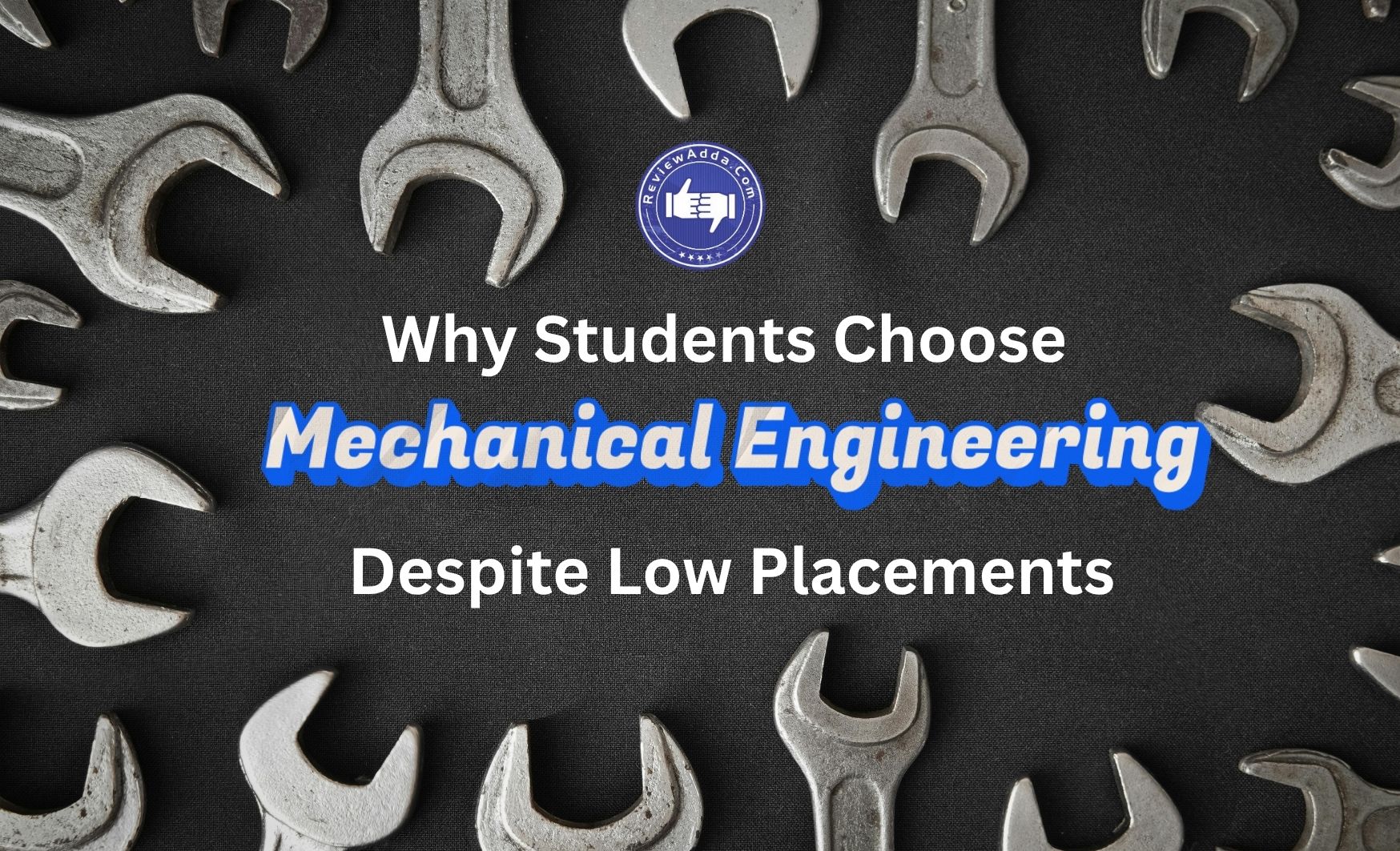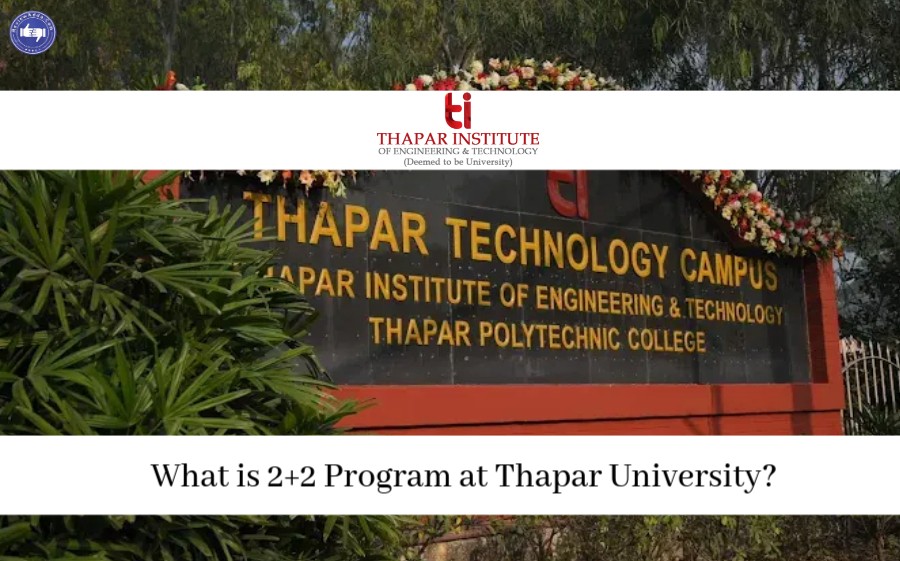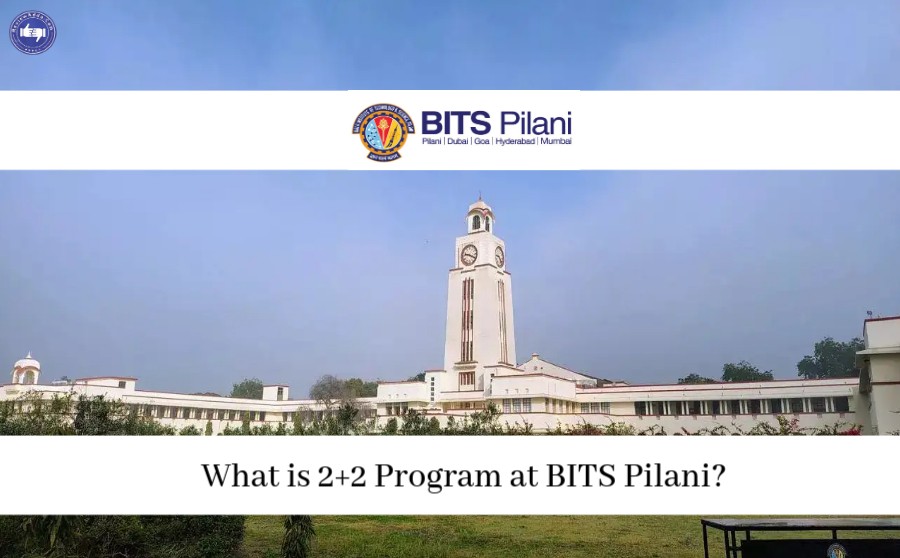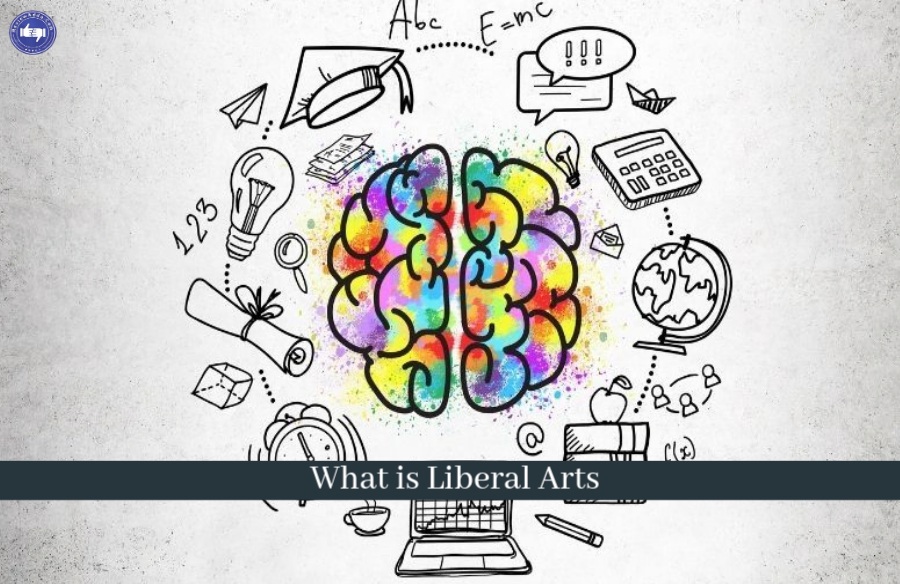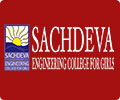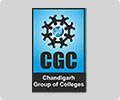What is Liberal Arts, Why it’s so much demand among non-science students?
Introduction: Beyond the "Useless Degree" Myth
Imagine sitting across from a hiring manager at a cutting-edge tech company. You’re discussing algorithms, market trends, and human behavior. The successful candidate isn’t just a coding expert—it’s an English major who can translate technical jargon into compelling stories, a sociology graduate who deciphers consumer motivations, or a historian who identifies patterns others miss. This scenario encapsulates the quiet resurgence of liberal arts education in our rapidly evolving world.
Despite headlines proclaiming the "death of the humanities" and alarming enrollment drops (philosophy degrees declined 21% from 2010-2016, English fell 19%), a deeper story unfolds. Employers increasingly crave the very skills liberal arts cultivates: critical analysis, ethical reasoning, creative problem-solving, and cultural fluency. For non-science students seeking meaningful, adaptable careers in a volatile economy, liberal arts isn’t a relic—it’s a strategic advantage.
Let’s explore why.
What Exactly Is Liberal Arts? Demystifying the Discipline
Contrary to popular belief, liberal arts isn’t synonymous with "art history" or "unemployable philosopher." It’s a comprehensive educational philosophy designed to foster intellectual agility and a broad understanding of the human experience. Rooted in classical antiquity ("artes liberales" meaning "skills for free people"), it prepares individuals not for a single trade, but for engaged citizenship and lifelong learning. Modern liberal arts encompass four interconnected pillars:
-
Humanities: Exploring human culture, expression, and thought (e.g., Literature, History, Philosophy, Languages, Ethics).
- Social Sciences: Examining human behavior and societies (e.g., Psychology, Sociology, Political Science, Economics, Anthropology).
- Natural Sciences: Investigating the physical world (e.g., Biology, Physics, Astronomy, Environmental Science).
- Formal Sciences: Understanding abstract systems (e.g., Mathematics, Logic, Computer Science fundamentals).
Table: Common Liberal Arts Majors & Core Skill Development
For non-science students, the humanities and social sciences form the core of their liberal arts journey. The curriculum isn’t about memorizing facts but developing a mindset: questioning assumptions, connecting disparate ideas, communicating with clarity and empathy, and navigating ambiguity. As Torian Parker, a career advisor, explains, liberal arts equips students "with a myriad of colors to paint with to create a vibrant career picture".
The Perception Problem: Enrollment Declines vs. Employer Demand
The narrative of liberal arts in crisis isn’t unfounded. Data reveals significant challenges:
-
Humanities' share of all U.S. bachelor’s degrees plummeted from 16.8% in 2010-11 to 12.5% in 2021-22.
- Public institutions like West Virginia University and Missouri Western State University have eliminated entire language, history, and philosophy departments.
- Only 7% of students choose to enroll in dedicated liberal arts institutions, often perceiving them as less career-focused.
This decline is frequently attributed to rising tuition costs, student debt fears, and the siren call of seemingly more secure, high-starting-salary STEM and business fields (which accounted for 19% and 13% of bachelor’s degrees respectively in 2021-22).
However, this perception collides dramatically with market reality. Employer surveys consistently reveal a starkly different story:
-
93% of employers agree that critical thinking, clear communication, and complex problem-solving are more important than a job candidate’s specific undergraduate major.
- 80% of employers believe all students should acquire broad knowledge in the liberal arts and sciences.
- 92% of executives lament that American workers lack crucial soft skills – the very skills liberal arts programs aggressively target.
"There’s going to be a greater demand in 10 years for liberal arts majors than there were for programming majors and maybe even engineering," predicted billionaire entrepreneur Mark Cuban, highlighting the shifting landscape where human skills become the differentiator in an AI-driven world. Steve Jobs famously embedded this belief in Apple’s DNA: "It’s technology married with liberal arts, married with the humanities, that yields the results that make our hearts sing".
Why the Demand? 5 Compelling Reasons Non-Science Students Choose Liberal Arts
Faced with an unpredictable job market, non-science students are strategically opting for liberal arts for these powerful reasons:
- Mastering "Robot-Proof" Skills: In the age of automation and AI, technical skills rapidly evolve or become obsolete. Liberal arts focuses on enduring human capabilities machines cannot replicate:
-
Creative Problem-Solving: Generating innovative solutions (e.g., an English major devising a novel marketing campaign).
- Critical Analysis: Evaluating information sources, arguments, and data with healthy skepticism (e.g., a historian assessing market trends).
- Persuasive Communication: Articulating complex ideas clearly in writing and speech across diverse audiences (e.g., a psych major resolving team conflicts).
- Ethical Reasoning: Navigating moral dilemmas and understanding societal impacts (e.g., a philosopher in AI ethics).
- Intercultural Fluency: Working effectively across global and diverse teams (e.g., a sociology graduate managing international partnerships).
-
Companies like IBM, Slack, and McKinsey Consulting actively seek liberal arts graduates precisely for these abilities. Udemy ranks communication, creativity, and critical thinking among the *top 10 most in-demand soft skills* globally.
-
2-Unparalleled Career Versatility & Adaptability: Liberal arts is the antithesis of narrow vocational training. It prepares graduates for a dynamic career landscape where the average person holds 12+ jobs in their lifetime.
-
Only about one-third of college graduates work in jobs directly related to their major. History majors, for instance, are found in management, finance, sales, healthcare, and public service just as often as in museums or archives. Theatre majors thrive as corporate recruiters, attorneys, or social media directors.
- This adaptability stems from learning how to learn quickly. Liberal arts graduates are trained to absorb complex information, synthesize diverse perspectives, and apply knowledge in new contexts – making them resilient in economic downturns and industry shifts. As Paul Timmins, Director of Career Services at the University of Minnesota, notes: "Liberal arts study... gives [students] tools to succeed beyond their first job".
Strong Long-Term Financial Prospects: While starting salaries for liberal arts graduates can be lower than some STEM fields (55% of liberal arts grads are satisfied with their starting salary vs. 77% of STEM grads), the lifetime earnings trajectory is compelling:
-
By their mid-50s, liberal arts graduates on average out-earn peers with professional or pre-professional degrees.
- LinkedIn data places Visual Art as the second-highest paying field of study in the US (just $2k behind Computer Science), with Sociology (#3), Journalism/Media (#10), and History (#14 above Mechanical Engineering) also ranking exceptionally high.
- A Temple University study found top-earning English majors surpass the lifetime earnings of many chemical engineers. This reflects how leadership, communication, and strategic thinking – honed in liberal arts – become increasingly valuable in senior roles.
Thriving in the Tech Revolution (The "Human Edge"): Ironically, the tech boom fuels demand for liberal arts minds. As AI handles more routine tasks, the need for human judgment, creativity, and ethical oversight intensifies:
-
Roles requiring nuanced human interaction (artists, writers, educators, counselors, strategists) are most resistant to automation.
- Tech giants like Google recognize this. Jonathan Rosenberg, Google executive, stated plainly: "We need more traditional liberal arts grads" to ensure technology serves human needs and understands human complexities.
- Liberal arts graduates excel at framing problems, understanding user experiences, and integrating ethical considerations into technological development – crucial for responsible innovation.
Personal Fulfillment and Meaningful Work: Beyond economics, non-science students gravitate towards liberal arts for intrinsic rewards:
-
Studying subjects they are passionate about fosters intellectual engagement and drive – a quality ("passion") hiring managers rank as the top attribute they seek in candidates.
- Liberal arts encourages exploration of fundamental human questions – justice, identity, beauty, purpose – leading to careers perceived as meaningful and impactful (e.g., education, social work, advocacy, creative fields, community health).
- As Kelly Anderson, a forensic psychology graduate, expressed: "I'm hoping to... work in the forensic field... I enjoyed every piece of information I learned during my studies". This alignment between passion, skills, and purpose fosters long-term career satisfaction.
Facts, Figures, and Statistics: The Rising Popularity of Liberal Arts
Global Trends
United States: The US is home to hundreds of dedicated liberal arts colleges, with even more universities offering liberal arts programs alongside other options7. Liberal arts colleges in the US typically emphasize small class sizes, student-teacher interaction, and mentorship.
- Growth in Enrollment: Between 2018 and 2023, Catholic classical liberal arts schools in the US saw a 76% increase in total enrollment, while Christian classical liberal arts schools saw a 66% increase3. This surge reflects growing interest and recognition of the value of liberal arts education.
Indian Context
-
Rising Demand: In India, liberal arts education is gaining momentum as students and parents recognize the need for broad-based learning and skills that go beyond rote memorization and technical expertise.
- Employability: Liberal arts graduates are increasingly sought after by employers who value critical thinking, creativity, and communication skills—attributes that are often lacking in narrowly focused technical graduates.
Career Outcomes
-
Graduate Success: While statistics show that liberal arts graduates may initially earn less than their STEM counterparts, many catch up or surpass them in mid-career earnings due to their adaptability and leadership skills.
- Graduate School: STEM graduates from liberal arts colleges are more likely to pursue graduate education and make up a significant proportion of National Academy of Science members.
Liberal Arts vs. Specialized Education: A Comparison
Why Non-Science Students Are Choosing Liberal Arts
1. Freedom to Explore Interests
Non-science students often seek educational paths that allow them to explore multiple interests—be it literature, history, psychology, or the arts—without being confined to a single discipline.
2. Career Flexibility
Liberal arts graduates are not limited to one career path. They can pursue roles in media, education, public relations, business, law, government, and more. This flexibility is particularly appealing in a world where traditional career trajectories are becoming less common.
3. Preparation for Leadership Roles
The skills developed through liberal arts—critical thinking, ethical reasoning, communication—are essential for leadership and management positions.
4. Global Perspective
Liberal arts education encourages students to understand and engage with global issues, making them better equipped for careers in international organizations, NGOs, and multinational corporations.
5. Personal Fulfillment
For many, liberal arts offers a path to personal growth, self-discovery, and fulfillment, beyond the pursuit of a job or salary.
Real-World Impact: Liberal Arts Graduates in Action
-
Media and Communication: Many successful journalists, writers, and media professionals have liberal arts backgrounds, enabling them to analyze issues deeply and communicate effectively.
- Business and Entrepreneurship: Liberal arts graduates often excel in business due to their ability to think creatively, understand human behavior, and lead teams.
- Public Service and Policy: The ability to understand complex social issues and communicate solutions makes liberal arts graduates valuable in government and NGOs.
Addressing the Myths: Liberal Arts and Employability
Myth 1: “Liberal Arts Graduates Can’t Get Good Jobs”
Fact: Liberal arts graduates are in demand for roles that require critical thinking, communication, and adaptability. Many go on to successful careers in business, law, media, education, and public service.
Myth 2: “Liberal Arts Education is Outdated”
Fact: In a rapidly changing world, the ability to learn, adapt, and think critically is more valuable than ever. Liberal arts education provides the foundation for lifelong learning and success in multiple careers.
Myth 3: “Liberal Arts is Only for the Elite”
Fact: Liberal arts education is becoming more accessible, with institutions around the world offering programs tailored to diverse student populations
Addressing the Challenges: The Path Forward
The liberal arts pathway isn’t without hurdles. UPCEA research highlights legitimate concerns:
-
Initial Employment Gap: Only 19% of liberal arts grads had a job waiting at graduation vs. 39% of business majors.
- Early Career Uncertainty: Liberal arts graduates report changing jobs more frequently early on and express lower initial satisfaction with career alignment.
- Perceived Lack of Career Prep: Only 38% of liberal arts grads felt their institution was "extremely or very focused" on employment prep, compared to 79% of business majors.
Solutions are emerging to bridge this gap:
-
Integrating Career Preparation: Universities are embedding internships, practicums, and career-specific skill workshops directly into humanities and social science curricula. As one Social Work graduate noted, "During my last semester our internship really assisted me... for employment".
- Promoting Interdisciplinarity: Combining liberal arts core strengths with technical minors or certificates (e.g., English + Data Analytics, Sociology + UX Design, History + Digital Archiving) creates powerful hybrid profiles.
- Reframing the Narrative: Institutions are proactively showcasing successful alumni career paths across diverse industries and providing data on long-term outcomes.
- Teaching "Skill Translation": Helping students explicitly articulate how their analytical paper, complex research project, or ethical debate translates into workplace competencies is crucial.
- Leveraging Graduate Education: Roughly 40% of liberal arts majors pursue advanced degrees, boosting their average salary by over $20,000 and opening doors to specialized fields.
Employment and Salary Statistics for Liberal Arts Graduates (2025)
Employment Rates
- United States:
- Recent data from the Federal Reserve Bank of New York shows that liberal arts graduates have competitive employment rates. For example, art history majors had an unemployment rate of just 3%, and philosophy majors 3.2%—both lower than some STEM fields like computer science (6%) and computer engineering (7%) as of 20232
- The overall employment rate for liberal arts bachelor’s holders is 78.5%, slightly below non-liberal-arts bachelor’s holders (81.9%), but higher than associate degree holders (77%) and much higher than high school graduates (64.4%)4.
- India:
- The employability rate for arts graduates, which includes liberal arts, stands at around 47.1% as of 2024. However, this figure varies significantly depending on the institution and specific major, with top graduates from leading universities enjoying much higher placement rates and access to diverse sectors such as consulting, business, media, and policy6.
Salary Statistics
United States
-
Starting Salaries:
- The average projected starting salary for all bachelor’s degree holders in the U.S. (class of 2025) is $68,6805.
- Liberal arts and related fields (social sciences, communications, humanities) have lower starting salaries compared to STEM or business:
- Social Sciences: $67,316 (2025 projection)7
- Communications: $60,353 (2025 projection)7
- Humanities are not listed separately, but are generally below the overall average57.
-
Mid-Career and Lifetime Earnings:
- Average annual earnings for liberal arts graduates are about $50,000, compared to $65,000 for other bachelor’s degrees4.
- Median earnings are $37,000 for liberal arts, versus $50,000 for other majors4.
- Over a lifetime (35 years), a liberal arts degree typically results in $420,000 more in earnings than a high school diploma4.
- By age 50, liberal arts graduates average $67,000 annually, compared to $81,000 for non-liberal-arts degree holders4.
- The long-term return on investment (ROI) for a liberal arts degree is strong: 25% above the median ROI 40 years after graduation, according to Georgetown University research7.
Job Roles and Salaries:
India
Median Salaries:
-
Market Research Analyst: ?5,50,000–?9,00,000
- HR Specialist: ?4,00,000–?6,50,000
- Social Media Specialist: ?3,50,000–?6,00,000
- Postsecondary Teacher: ?6,00,000–?10,00,000
- Management Analyst: ?9,00,000–?15,00,000
Growth Potential:
-
Roles like Market Research Analyst have an 18% growth potential by 20261.
- Liberal arts graduates are increasingly valued for their adaptability, critical thinking, and communication skills, which are in demand across technology, healthcare, education, and business sectors16.
Table: Liberal Arts Careers & Earning Potential (Examples)
The Future of Liberal Arts: Trends and Predictions
-
Interdisciplinary Programs: More universities are offering interdisciplinary liberal arts programs that blend humanities, social sciences, and natural sciences.
- Global Expansion: Liberal arts education is gaining traction in countries like India, China, and Singapore, reflecting a global shift towards holistic education.
- Digital and Online Learning: The rise of online liberal arts degrees is making this education accessible to non-traditional students and working professionals.
How has the enrollment in classical liberal arts schools grown during recent years
Enrollment in classical liberal arts schools has experienced significant growth in recent years, particularly since 2018. Multiple nationwide studies and market analyses highlight the following key trends:
Catholic Classical Liberal Arts Schools:
-
Average enrollment per school increased from 151 to 169 students between 2018-19 and 2022-23, a 12% rise.
- Total enrollment across 43 surveyed schools grew from 4,082 to 7,164 students—a 76% increase.
- 12th-grade enrollment saw a dramatic rise from 16 to 160 students, a 900% increase.
- Extrapolated nationwide, estimated total enrollment in Catholic classical liberal arts schools jumped from 19,935 in 2018-19 to 34,987 in 2022-23.
Christian Classical Liberal Arts Schools:
- Average enrollment per school grew from 175 to 262 students.
- 12th-grade enrollment nearly doubled from 77 to 159 students.
- Extrapolated nationwide, estimated total enrollment increased from 44,743 in 2018-19 to 74,064 in 2022-23.
Overall Classical School Growth:
-
There are now more than 1,000 classical liberal arts schools in the U.S., with over 250 opening since 2020.
- Membership in major associations (ACCS and ICLE) has doubled or tripled over the past decade.
- The annual growth rate for new classical school openings averaged 4.8% between 2019 and 2023.
- Christian classical schools specifically expanded from 140 in 2010 to over 700 by June 2023.
- Many existing Christian schools are transitioning to the classical model, further accelerating growth.
Demand Indicators:
-
Many classical schools report waitlists, signaling sustained and unmet demand.
- Market analysts predict the current pace of nearly 5% annual growth will likely continue for the next decade.
This rapid expansion is attributed to increased parental interest, especially during and after the COVID-19 pandemic, as families sought alternative educational models emphasizing traditional academics, character formation, and classical learning methods
Conclusion: The Enduring Value of the "Useless" Degree
The liberal arts experience for non-science students is far from a quaint relic of ivory tower idealism. It is a rigorous, relevant, and increasingly strategic choice in a complex world. While confronting valid challenges regarding early career navigation, its core strength lies in cultivating the fundamentally human skills that technology cannot replace and that employers desperately need: the ability to think deeply, communicate effectively, adapt swiftly, solve creatively, and lead ethically.
The data speaks volumes: While the journey might start differently, liberal arts graduates find fulfilling careers across the spectrum, close the salary gap, and often achieve greater long-term earning potential. More importantly, they gain the intellectual tools to navigate not just a career, but a meaningful life in a world of constant change. As Lynn Pasquerella, president of Mount Holyoke College, aptly puts it: “When people ask, ‘What are you going to do with that liberal arts degree?’ the answer is: ‘Whatever I want.’ It’s your capacity to see how the skills you acquired can be transferred that’s important”.
For non-science students seeking not just a job, but the agility to thrive across multiple careers, the insight to understand human complexities, and the wisdom to make a genuine difference, liberal arts isn’t just in demand – it’s an essential foundation for the future.
